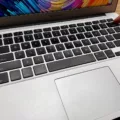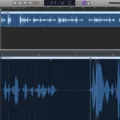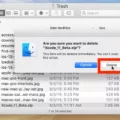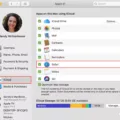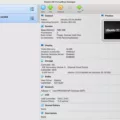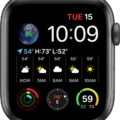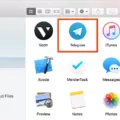Mac is a reliable and user-friendly operating system that offers a wide range of applications to its users. However, sometimes users face the issue of being unable to delete certain apps from their Mac. This can be frustrating, especially when the app is taking up valuable storage space on the computer. In this article, we will discuss the reasons why some apps on Mac won’t delete and how to get rid of them.
One of the main reasons why an app won’t delete on Mac is because it was not downloaded from the App Store. Apps that are downloaded from third-party sources may not have an uninstaller, making it difficult for users to get rid of them. In this case, the best way to delete such apps is by using the Finder. Simply click on the Finder icon on your Mac and then click on Applications in the sidebar. If the app is located in a folder, open the folder and check for an Uninstaller. If there is an Uninstaller, double-click on it and follow the instructions to delete the app. If there is no Uninstaller, simply drag the app to the Trash and then empty the Trash.
Another reason why an app won’t delete on Mac is because it is a required system application. Mac comes with certain applications that are essential for the proper functioning of the system. These apps cannot be deleted by the user. However, users can hide these apps from the Applications folder by using the Terminal. To do this, open the Terminal app on your Mac and type in the command “chflags hidden /Applications/[App Name].app” (without quotes). Replace [App Name] with the name of the app that you want to hide. Press Enter and the app will be hidden from the Applications folder.
In some cases, an app may not delete on Mac because it is still running in the background. In this case, users can force quit the app before trying to delete it. To force quit an app, click on the Apple menu on your Mac and then click on Force Quit. Select the app that you want to quit and then click on Force Quit. Once the app has been forced to quit, try deleting it again.
Deleting apps on Mac can sometimes be a tricky process, especially when the app won’t delete. However, by following the steps outlined in this article, users can easily get rid of unwanted apps on their Macs. Whether it’s using the Finder, hiding system apps, or force quitting an app, there are several ways to delete apps on Mac. So, if you’re struggling to delete an app on your Mac, try these methods and reclaim your storage space today.
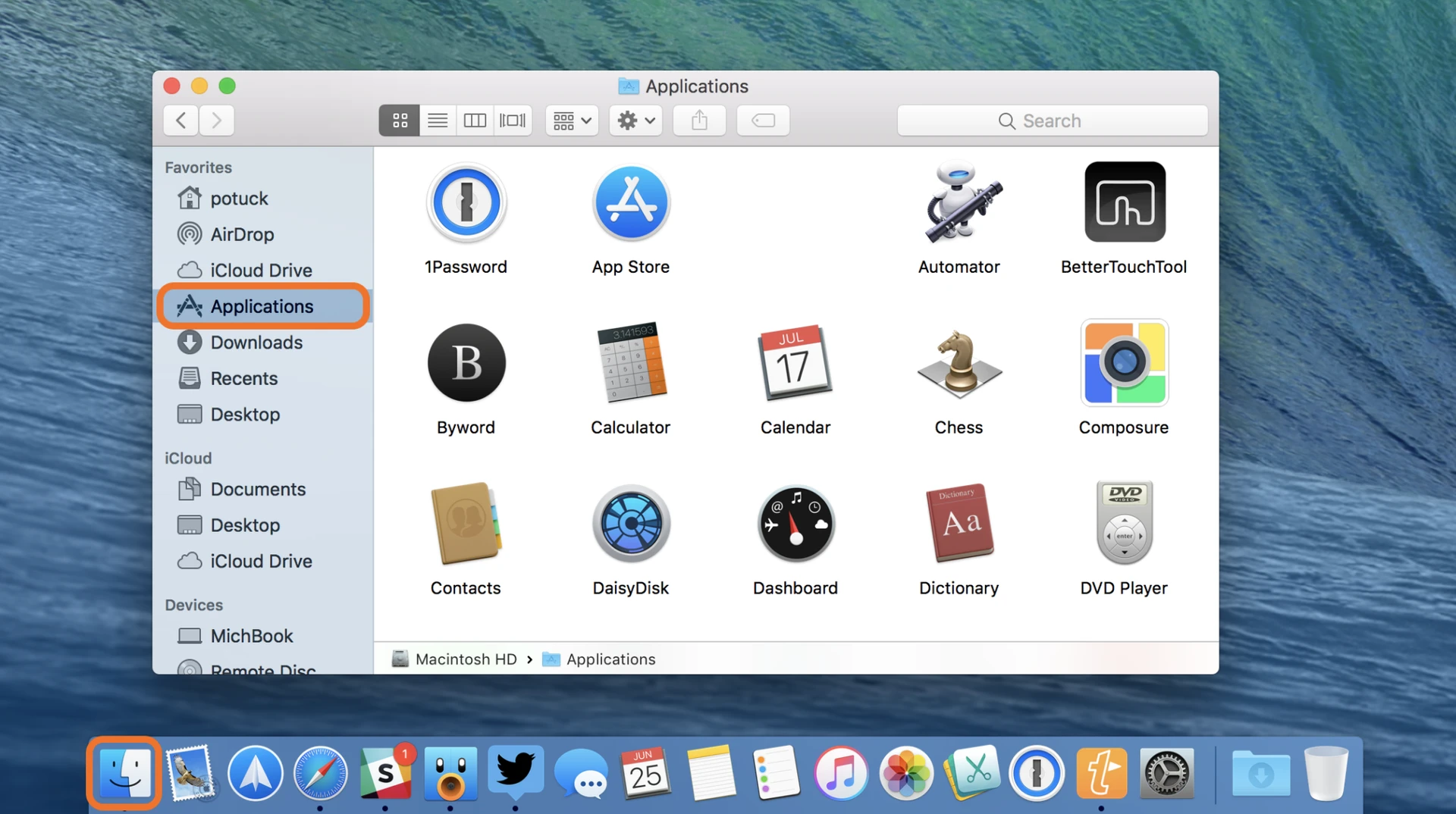
Why Some Apps Do Not Delete on Mac
Some apps on Mac do not have a delete button because they did not come from the App Store or they are required by your Mac. The App Store has strict guidelines for developers to follow to ensure app quality and safety. Therefore, apps downloaded from the App Store have a delete button to make it easy for users to uninstall them. However, apps downloaded from other sources may not have a delete button because they may have been installed using a different method.
In addition, some apps are required by your Mac to function properly. These apps may be integral to the operating system or other important system processes. Attempting to delete these apps may cause issues with your Mac’s functionality.
To delete an app that did not come from the App Store, you can use the Finder instead. Simply locate the app in the Finder, right-click it, and select “Move to Trash.” It is important to note that deleting certain apps may cause unintended consequences, so it is recommended to research the app and its function before deleting it.
Forcing Mac to Uninstall an Application
To force uninstall an application on your Mac, you can use the Terminal utility. Here are the steps to follow:
1. Open Spotlight by pressing Command + Spacebar and type “Terminal” in the search bar. Press Enter to open the Terminal app.
2. In the Terminal window, type “sudo rm -rf” (without quotes) followed by a space.
3. Open Finder, locate the app you want to uninstall and drag its icon to the Terminal window. This will add the path to the app to the command you typed in Step 2.
4. Press Enter and enter your administrator password when prompted. This will delete the app and all its related files from your Mac.
Please note that force uninstalling an app using Terminal can be risky if you’re not sure what you’re doing. Make sure you have a backup of your important files before proceeding with this method.
Removing an App That Refuses to Delete
If you are having trouble deleting an app on your device, there are several steps you can take to troubleshoot the issue. Here are some suggestions:
1. Restart your device: Sometimes, simply restarting your device can help clear up any issues with apps not deleting.
2. Clear cache and data: You can try clearing the cache and data of the app you want to delete. To do this, go to Settings > Apps > [name of app] > Storage > Clear cache/Clear data.
3. Disable the app: If clearing the cache and data doesn’t work, you can try disabling the app instead. Go to Settings > Apps > [name of app] > Disable.
4. Use a third-party app: There are several third-party apps available on the Google Play Store that can help you delete stubborn apps. One popular option is SD Maid, which can help you identify and delete leftover files associated with the app you want to remove.
5. Factory reset: If all else fails, you can perform a factory reset on your device. Keep in mind that this will erase all data and settings on your device, so be sure to back up any important data before proceeding.
Hopefully, one of those steps will help you get rid of the app that won’t delete.
Conclusion
Apps on Mac are an essential part of the user experience, allowing for increased productivity and entertainment. The Mac App Store provides a convenient and secure platform for users to download and manage their apps, while also ensuring the apps are of high quality and free from malware. It is important to note that not all apps can be deleted through the App Store, and users may need to use the Finder to uninstall certain apps. Additionally, it is crucial to regularly update apps to ensure they are running smoothly and to take advantage of any new features or bug fixes. apps on Mac offer a wide range of possibilities for users and are a vital component of the Mac operating system.

